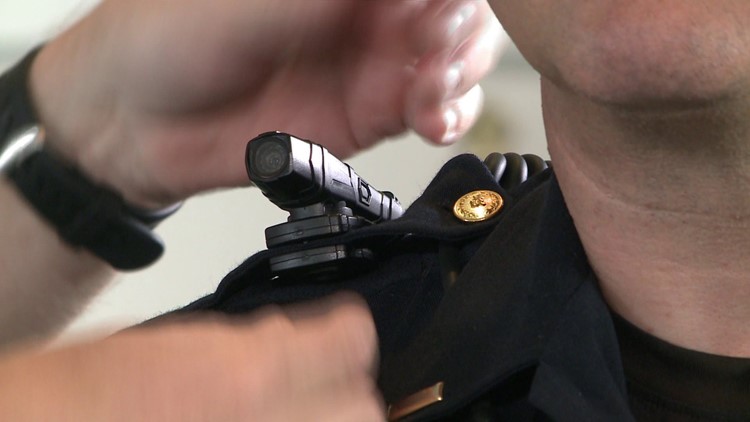WASHINGTON — The use of police body cameras is spreading to keep officers honest about using force against citizens. But how and when the public gets to see the footage is up for debate.
Videos of police shootings have become critical to determining what happened in situations that turn deadly. In some cases, strapping cigarette pack-size cameras to officers’ uniforms has been framed as a way to curb police brutality and stem deteriorating trust in law enforcement.
It’s not that simple. While the recordings may help get to the truth of an incident with police, they also record distraught victims, grieving family members, people suffering from mental illness and citizens exercising their rights to free speech and civil disobedience. Cameras may solve one problem but create others.
Existing laws that govern what information is released to the public are on the chopping block, as states try to strike the balance between a citizen’s right to privacy and making officers answer for their actions.
The use of police body cameras is still in its infancy, with no official count for how many of the 18,000 state and local departments have turned to them. But dozens of agencies across the country are testing them, and many have plans to roll them out more broadly.
A policy to release all police-recorded videos could mean footage of the inside of a person’s home or a hospital would be available. But if the policy is not to release footage in order to protect a person’s privacy, that could mean a video of an officer shooting someone would not be made public, defeating the main purpose of the use of these cameras.
“What started as an effort to capture or prevent bad police behavior, I think now we’re starting to see the realities of it capturing true human suffering,” Frank Straub, chief of the Spokane, Washington, police department, said earlier this year at a policy forum on Capitol Hill.
The solution is somewhere in the middle. Some departments redact the faces of bystanders or those arrested, or blur a video so much that little is recognizable. Others won’t release video if it’s part of an ongoing investigation. Some policies allow officers to turn their cameras on and off. Even completely uncensored footage may not crystalize an incident because it’s taken from one officer’s physical position, often a moving one. This can create shaky footage and in some cases won’t capture all details of a violent encounter.
State laws vary about what the public can see. Existing recordings are covered under these laws, such as videos from cameras mounted inside patrol cars. But body cameras produce more footage than dashboard cameras — footage that can show officers inside peoples’ homes and other private places.
“Any policy that categorically shields or opens up body-camera footage is probably wrong,” said Jay Stanley, a senior policy analyst with the American Civil Liberties Union.
The ACLU is advocating for policies that flag video if it involves police use of force or relates to a public complaint.



